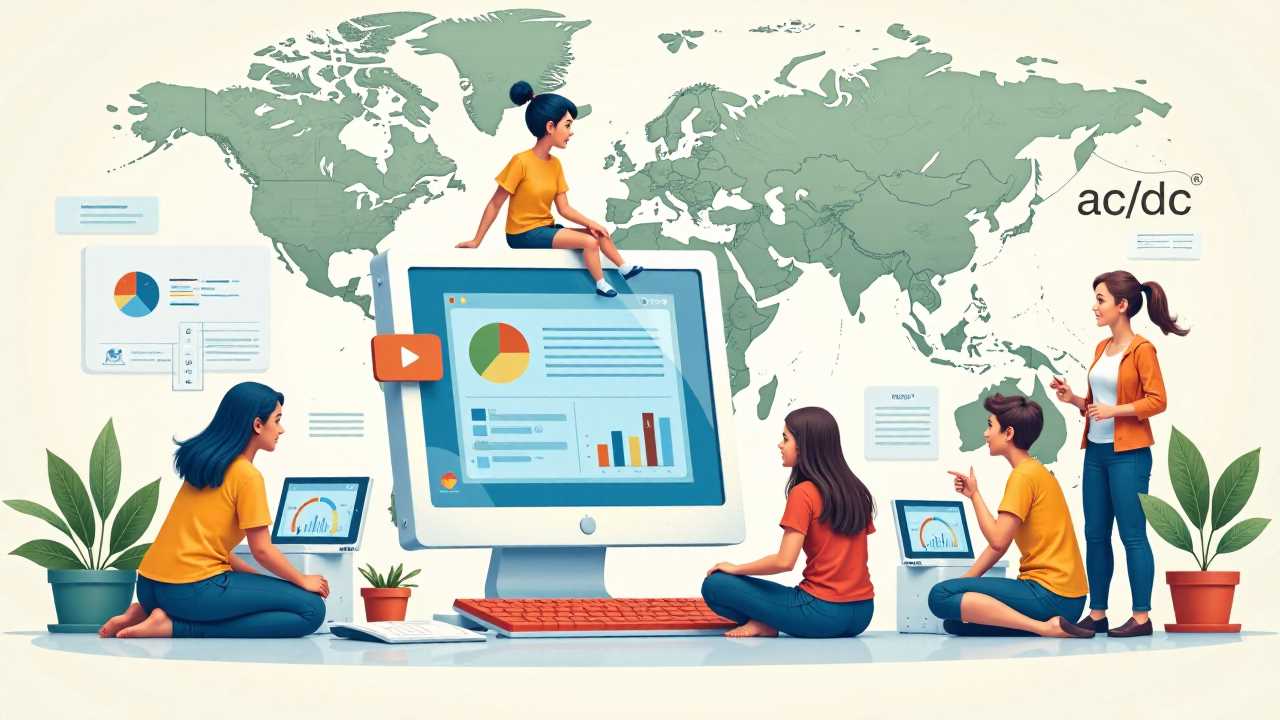
Understanding Assistive Technology for Learning
Assistive technology for learning encompasses a wide range of adaptive tools and learning aids designed to support individuals with diverse educational needs. These technologies play a pivotal role in creating an inclusive learning environment, ensuring that every student has the opportunity to succeed. By integrating accessibility devices and educational support, we can foster a culture of understanding and empowerment in educational settings.
The Importance of Adaptive Tools in Education
Adaptive tools are specifically designed to cater to the unique requirements of learners with disabilities. These tools can range from simple devices, such as pencil grips and magnifiers, to sophisticated software applications that facilitate communication and learning. For instance, text-to-speech software enables students with visual impairments to access written content, while speech recognition technology allows those with mobility challenges to participate in classroom discussions.
The implementation of adaptive tools not only enhances the learning experience but also promotes independence among students. By providing them with the necessary resources, we empower them to take charge of their education and develop essential skills that will serve them throughout their lives.
Learning Aids: Bridging the Gap
Learning aids are integral components of assistive technology for learning. These aids can include graphic organizers, interactive software, and specialized reading materials that cater to various learning styles. By utilizing learning aids, educators can address the diverse needs of their students, ensuring that everyone has access to the information they need to thrive academically.
For example, visual learners may benefit from the use of diagrams and charts, while auditory learners might excel with audio recordings and discussions. By incorporating a variety of learning aids into the curriculum, we can create a more dynamic and engaging educational experience for all students.
Accessibility Devices: Ensuring Equal Opportunities
Accessibility devices are essential in leveling the playing field for students with disabilities. These devices can include screen readers, alternative input devices, and communication boards that facilitate interaction and engagement in the classroom. By providing these tools, we ensure that all students have equal opportunities to participate in classroom activities and access educational content.
The use of accessibility devices not only benefits students with disabilities but also enriches the learning environment for all. When students are exposed to diverse perspectives and experiences, they develop empathy and understanding, which are crucial skills for success in today’s interconnected world.
Educational Support: A Collaborative Approach
Educational support is vital in the successful implementation of assistive technology for learning. This support can come from various sources, including teachers, special education professionals, and family members. By working collaboratively, we can create a comprehensive support system that addresses the unique needs of each student.
Training educators to effectively use assistive technology is essential for maximizing its impact. Professional development programs can equip teachers with the knowledge and skills necessary to integrate adaptive tools and learning aids into their teaching practices. Additionally, fostering open communication between educators and families can help identify the specific needs of students and ensure that appropriate resources are in place.
Inclusive Resources: Creating a Supportive Environment
Inclusive resources are fundamental in promoting a culture of acceptance and understanding within educational settings. These resources can include curriculum materials that reflect diverse perspectives, as well as training programs that educate staff and students about the importance of inclusivity.
By providing inclusive resources, we can create an environment where all students feel valued and supported. This sense of belonging is crucial for fostering academic success and personal growth. When students feel accepted, they are more likely to engage in their learning and develop positive relationships with their peers.
Communication Technology: Facilitating Interaction
Communication technology plays a significant role in assistive technology for learning. Tools such as augmentative and alternative communication (AAC) devices enable students with speech and language challenges to express themselves effectively. These technologies can range from simple picture boards to sophisticated speech-generating devices.
By incorporating communication technology into the classroom, we can facilitate interaction among students and promote collaboration. This not only enhances the learning experience but also helps build social skills and confidence in students who may struggle with traditional forms of communication.
A Vision for the Future of Education
The integration of assistive technology for learning is essential in creating an inclusive educational landscape. By embracing adaptive tools, learning aids, accessibility devices, educational support, inclusive resources, and communication technology, we can empower all students to reach their full potential.
As we move forward, it is vital to continue advocating for the implementation of assistive technology in educational settings. By fostering a culture of inclusivity and support, we can ensure that every student has the opportunity to thrive academically and socially. Together, we can create a brighter future for all learners, regardless of their individual challenges.
 Careers in EducationElementary EducationHigh School EducationEducational TechnologyTeaching StrategiesSpecial EducationPrivacy PolicyTerms And Conditions
Careers in EducationElementary EducationHigh School EducationEducational TechnologyTeaching StrategiesSpecial EducationPrivacy PolicyTerms And Conditions
